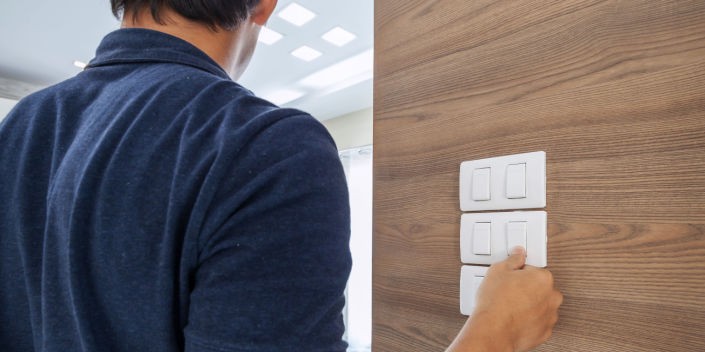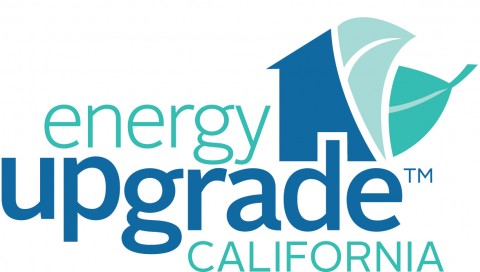What To Do During a Flex Alert in California

Unfortunately, Flex Alerts are on the rise. In 2021, there were 8 Flex Alerts issued by Cal ISO, the most in a single year since 2006. In 2022, the number went up to 11, including 10 straight days in early September during a heat wave that few residents in Sacramento and the surrounding area are likely to forget anytime soon.
You’ve probably heard about or seen California Flex Alerts being issued when the summer temperatures skyrocket, but you may not know exactly what the alert is or what steps you can take in your household that will make the biggest difference. Today, we’ll cover both what to do when a Flex Alert is in place and what changes you can make to your home year-round.
What Is a Flex Alert?
A Flex Alert is a voluntary call for California residents to reduce their energy consumption during peak electricity-use hours: late afternoon through the evening, when people are returning home from work or school and likely to be using the most power.
How Long Does a Flex Alert Last?
Flex Alerts are issued one day at a time, and are generally in effect starting around 3 or 4 pm and lasting until 9 or 10 pm. Flex Alerts are usually announced the day before, giving you some advance notice to plan around.
Who Is in Charge of Issuing Flex Alerts?
Flex Alerts are issued by the California Independent System Operator (ISO), a nonprofit public benefit organization, during times when hot weather, wildfires, or other issues are in danger of straining the power grid. Think of a Flex Alert as the warning before any kind of actual power outage alert.
How to Save Power During a Flex Alert
What should you not use in a Flex Alert? Here are measures you can take to conserve energy:
Close window blinds and drapes early in the day to help keep your home cooler in advance of the Flex Alert.
Once the Flex Alert starts, turn UP your thermostat to 78 degrees, which will use less energy than a lower setting.
Avoid using unnecessary appliances (if you can, unplug them) and turn off lights where possible.
Use fans for cooling instead of air conditioning where possible.
Put off activities like laundry, vacuuming, and dishwashing until after the Flex Alert is over.
Set your pool pump to run overnight instead of during the day.
The Best Home Upgrades for Long-Term Energy Conservation
By taking action to reduce energy and water consumption during a Flex Alert, you’re doing your part to help your friends, family, and neighbors throughout California avoid blackouts and power outages.
But saving energy isn’t just beneficial during times of emergency—making your home more energy-efficient can save you money, make your home more comfortable, and be better for the environment and the energy grid year-round. Here are some great long-term measures Brower Mechanical can help you make in your home:
Upgrading your insulation and air sealing helps cut energy waste, reducing the amount of time your heating and cooling needs to run to keep you comfortable, saving both power and money.
Electric heat pumps use a fraction of the energy that traditional heating and cooling systems do—especially conventional electric-operated furnaces and boilers.
Installing solar panels helps dramatically cut the amount of grid electricity your home uses, and adding solar battery backup can allow you to run your home on free solar power at night or even during blackouts when the rest of your neighbors are in the dark.







